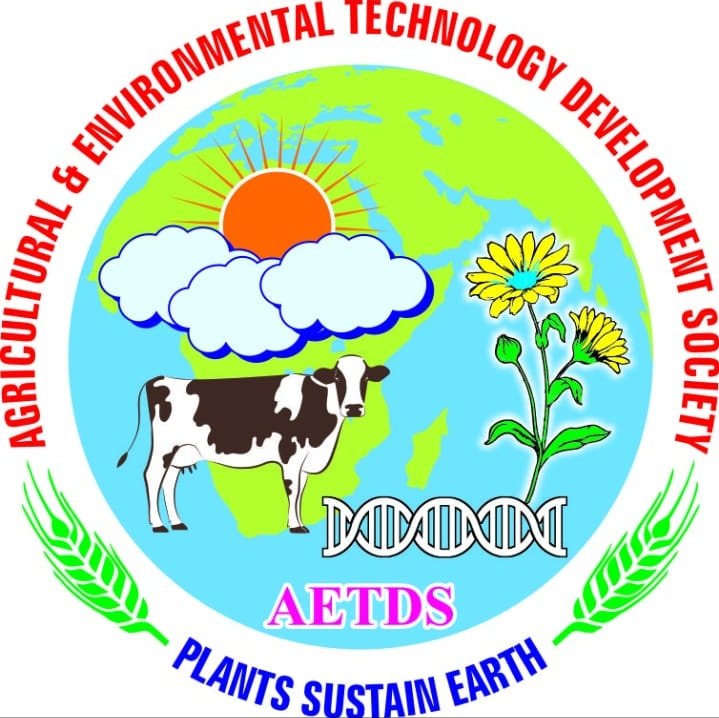
Secretary
Agricultural & Environmental Technology Development Society
Contact
Copyrights © 2024 All Rights Reserved. Powered by AEDTS

International Journal of Agricultural and Applied Sciences, December 2024, 5(2): 22-28
ISSN: 2582-8053
https://doi.org/10.52804/ijaas2024.524

Research Article
Crop Residues Potential Reclamation of Irrigated Saline Ground Water, Sudan
Samah Sorktey Mohmmed Haran* 1, Mohamed Salih Dafalla 2, Elsadig Agbna Elhady3
1,2Faculty of Agriculture, University of Khartoum, Shambat, Khartoum North, Sudan
3Environmental Studies, Institutes, University of Khartoum, Sudan
*Corresponding author e-mail: samahsorkety1988@gmail.com
(Received: 08/08/2024; Revised: 15/10/2024; Accepted: 05/11/2024; Published: 30/11/2024)
ABSTRACT
Reclamation of ground saline water is a challenge and crucial for agricultural development in the Sudan, especially for artificially irrigated areas that are away from the river Nile and its tributaries. This study aimed to investigate the reclamation potential of crop residues for saline groundwater. Three crop residues of wheat, date palm and groundnut crops were tested as filters in this study. Three filter types from each plant residue were prepared by oven drying at 170 C°; muffle furnace at 250 -300C°; and treated the crude fibre from the furnace at 250-300 C° with 1.25% sodium hydroxide for 30 minutes. PVC plastic pipes of different sizes were filled with the three prepared filter types. The oven-dried residues were put in the 20 cm long and 5 cm diameter plastic pipes while the muffle furnace-dried residues and treated crude fiber were put in 10cm long and 2cm diameter plastic pipes. Constant volumes (100 ml) of saline water were passed through the various filters in the PVC pipes, the leachates were collected, and their salinities were measured using electrical conductivity Apparatus. This procedure of saline water addition and measurement of EC for leachate was repeated ten times. Two saline groundwater from Hattab area-Khartoum North (10 dSm-1) and Soba area-Khartoum (3.0 dS m-1) were passed on filter PVC columns of different diameters filled with the selected residues and their crude fibres. Successive 10 additions of 100 ml saline water from the two waters were filtered through the columns and the electrical conductivity (EC) of the leachates was determined. The results indicated that the EC of leachate from different treatments increased at the beginning and then decreased at an additional 5. Wheat straw and date palm showed comparatively remarked reclamation potential and chemical stability in comparison to groundnut peals. After addition 5, the EC of leachate started to increase again, this indicated the span life filters from these residues. This study shows that crop residues, as waste and low-cost materials, are economically and environmentally feasible reclamation materials of saline water in developing countries for agricultural and drinking uses.
Keywords: Crop residue, saline groundwater and crude fibre.